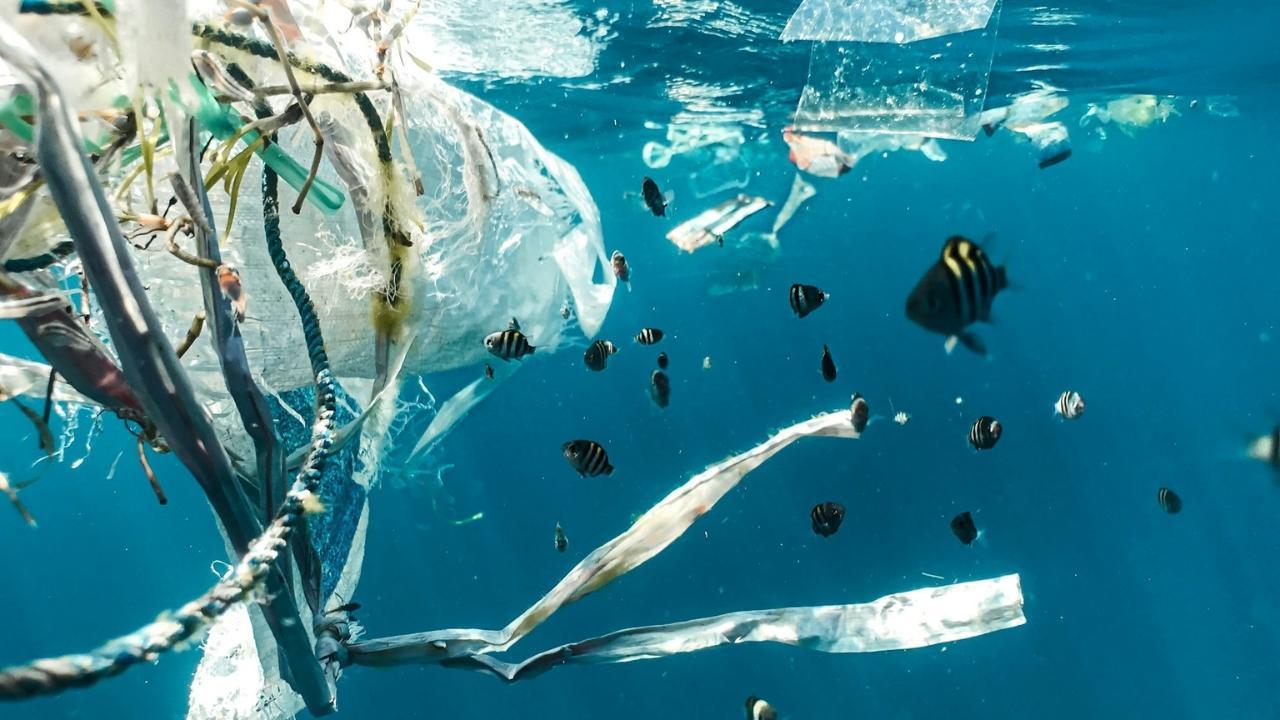
What began as a modest council-led initiative in Western Australia has evolved into a global movement with serious economic and reputational consequences. Plastic Free July, first launched in 2011 by Rebecca Prince-Ruiz and a handful of colleagues at the Western Metropolitan Regional Council, now mobilises over 190 countries and tens of millions of participants each year. For businesses, what was once seen as a well-meaning eco-challenge has matured into a proving ground for operational reform, consumer alignment, and long-term brand resilience.
At its heart, the campaign seeks to reduce the world’s dependence on single-use plastics — a goal that, on the face of it, may appear modest. But behind the substitution of coffee cups and cutlery lies a deeper proposition: that modern enterprise must be redesigned with sustainability as a core operating principle, not an afterthought.
The real impact of Plastic Free July lies in how it invites companies to confront a simple but uncomfortable question: how deeply embedded is plastic in our business model?
The campaign offers a blueprint for change — one that spans supply chains, procurement, workplace culture, and customer engagement. Unlike fleeting CSR campaigns of yesteryear, the momentum generated in July is often sustained long beyond the calendar turn.
The appeal of Plastic Free July is in part its clarity: reduce plastic use, and reduce it visibly. The objectives are tangible. Cut down emissions from plastic production and disposal. Shield marine ecosystems from the byproducts of convenience. Reassure consumers increasingly wary of greenwashing. And align with a regulatory environment that is steadily tightening its grip on wasteful packaging.
For businesses, meaningful engagement starts with a candid appraisal of current practices. Waste audits, the unglamorous starting point of most success stories, help identify hotspots of plastic dependence, whether in logistics, foodservice, retail, or back-office operations.
From there, the interventions vary in ambition and scale. Some firms replace disposable items with compostable alternatives. Others go further, restructuring procurement policies, switching suppliers, or introducing refill systems. Financial incentives, competitions, and branded giveaways help nudge employee habits, while messaging across internal and external platforms reinforces the narrative.
In this regard, Plastic Free July operates as a cultural intervention. It creates an internal moment, a licence even, for teams to question the status quo, trial new approaches, and reframe what’s considered “normal”.
The data from 2024 is compelling. Plastic Free July attracted 174 million participants worldwide, including thousands of businesses. An estimated 12 million tonnes of waste were avoided – of which 1.7 million tonnes were plastic. Businesses alone are thought to have cut around 390 million kilograms of plastic use during the campaign.
But the effects aren’t solely material. Organisations reported secondary benefits: greater employee engagement, deeper supplier partnerships, and more coherent sustainability messaging. And these benefits often cascade: a more engaged team tends to innovate more readily; better supplier dialogue can unlock further efficiencies and product differentiation.
Importantly, early adopters position themselves ahead of looming regulation. With jurisdictions from the EU to Southeast Asia introducing bans and penalties on single-use plastics, Plastic Free July offers a form of soft compliance – a way of getting the house in order before the auditors come knocking.
Necessity, as the old adage goes, is the mother of invention. And Plastic Free July has become a kind of annual showcase for what’s possible when design, science, and intent collide.
These examples are not marginal curiosities. They are early glimpses of how materials science and systems redesign might rewrite packaging norms in the coming decade.
One of the most persistent criticisms levelled at corporate sustainability campaigns is their ephemerality. A new product launch, a green-washed social media post, a press release touting reduced emissions – and then business as usual.
Plastic Free July, by contrast, has a surprisingly robust track record when it comes to lasting change. Research indicates that 87% of participants make at least one enduring shift in behaviour post-campaign. In business settings, that has translated into:
Take El Nido Resorts in the Philippines. Their post-campaign commitment to eliminating single-use plastics wasn’t limited to hospitality areas. It extended across housekeeping, transport, and supplier relations. Elsewhere, manufacturing firms have phased out plastic-based protective shipping materials in favour of biodegradable corn-starch foam.
For large organisations, these changes offer both reputational dividends and operational efficiencies. For smaller firms, they can open up new customer segments and supplier relationships.
With the growth of stakeholder capitalism, in which performance is judged as much by ESG ratings as by EBITDA margins, campaigns like Plastic Free July hold a peculiar power. They offer a shared cultural reference point – a window during which companies can test interventions, align teams, and communicate commitments.
But there’s also a degree of soft pressure at play. A visible absence from the campaign, especially among brands in retail, hospitality, or consumer goods, can raise eyebrows. Conversely, proactive participation is increasingly seen as a marker of foresight and integrity.
Ultimately, the plastic crisis is not going to be solved in a single month. Nor by a single campaign. But movements like Plastic Free July are helping to shift the cultural substrate on which business operates. They challenge the long-held notion that convenience must trump conscience, or that sustainability is always more expensive.
For many firms, July is a line in the sand. What follows – the audits, trials, new supplier relations, consumer communication strategies – is not merely follow-through. It is the new baseline.
The message is not simply to do less harm. It is to design better. And in doing so, to claim a place in a more circular, less wasteful economic future.
As with many transformations, the journey begins with small steps. But in a marketplace increasingly shaped by planetary limits and consumer expectations, the companies that walk the talk may find themselves not just compliant but competitive.
For more news and insights, stay tuned to the Arowana website.